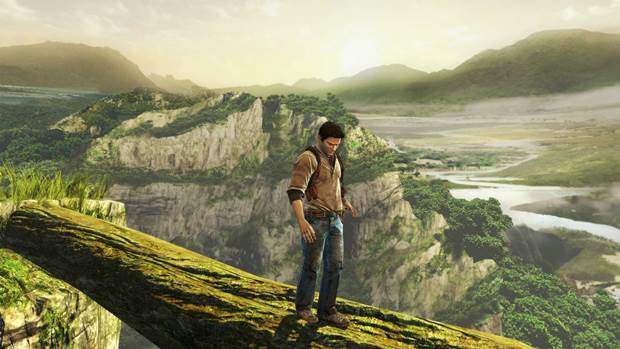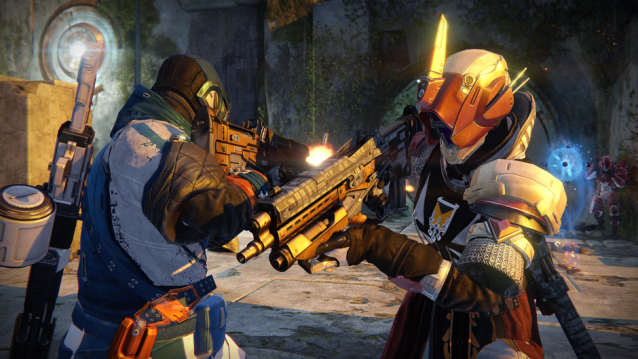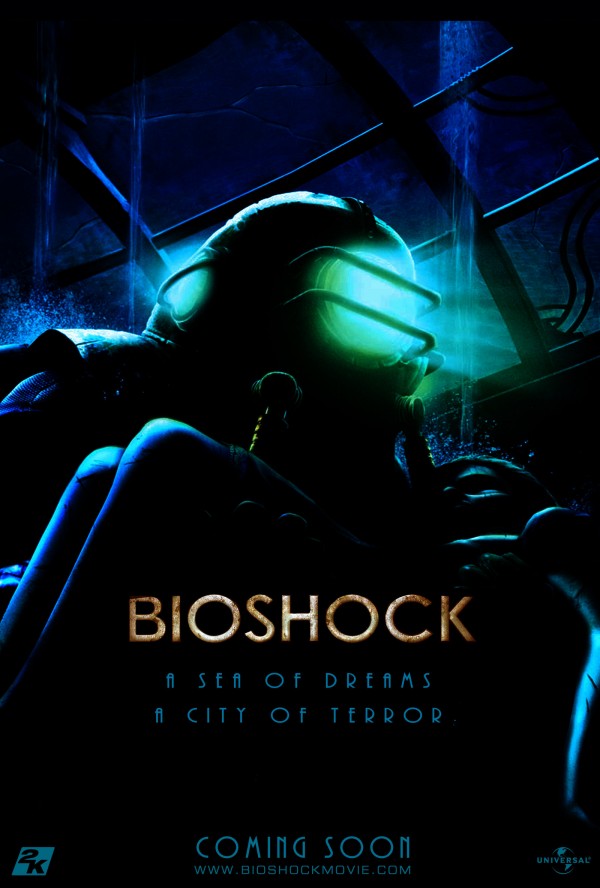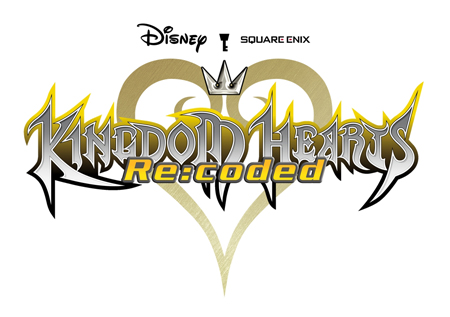

"Things have changed around here, and not for the better,” utters one of the first characters Silent Hill: Homecoming protagonist Alex meets upon returning to his hometown, Shepherd’s Glen. He’s right. Or rather, half right, for while there’s some cause for complaint here, many of the series’ standout signature features are present and correct.
Positives first. Despite our initial reservations, SH: Homecoming’s environments range from creepy to disturbing to absolutely bloody terrifying, despite the parody-verging familiarity of foggy streets. Current-gen’s power has been used well, with jumping shadows and flickering illuminations making exploration a nerve-shredding affair. The locales you visit in both the real world – which, like earlier games is enveloped in thin fog, giving an almost sepia effect – and the infamously horrible Otherworld are rendered nicely. The selection of monsters is fairly imaginative, with their disjointed limbs, zipped faces and hooks for hands.
As ever, it’s the audio that really ramps up the tension. Akira Yamaoka’s score is delightfully eerie, while the wailing of babies and ghostly whispered chatter – along with the radio static that signals impending nightmare creature discomfort – is suitably haunting. The narrative builds on the series’ mythology, with the first act of the game taking place in the aforementioned Shepherd’s Glen, a town that borders Toluca Lake, which fans will remember from previous games as being the lake next to Silent Hill itself. Without resorting to spoilers, the fates of the two towns prove to be inextricably intertwined.
How they’re connected, and how his family comes to be caught up in the Otherworldly events, is the mystery that Alex must unravel. In traditional fashion, discovering and reading notes, letters, diaries, pictures and even recordings on cassette tapes pushes the story along. You’ll also chat to the occasional supporting character and there are plenty of flashbacks too. It’s all rather standard psychological horror fare, but we’ve no real complaints in the narrative department. Sadly, Homecoming’s game mechanics are where things deteriorate.
Whereas previous lead characters were vulnerable (Harry in SH on PSone didn’t know how to shoot a gun, for example, hence his aim was woeful for the first few hours of play), Alex is a discharged soldier who, understandably, knows how to fight. He can execute light and strong melee attacks, which can be melded into combos, and he also has the ability to dodge. As such, even when you’re only armed with rubbish weapons, you never feel particularly threatened in a fight and the monsters are easy to overcome whether they attack alone or in groups. Later in the game you get access to firearms. As befits a soldier, Shepherd is an excellent shot and with melee attacks being effective against all the standard monsters you can save your bullets for the bosses, who become relatively simple to defeat.
While the game establishes a palpable sense of tension and fear, it’s betrayed by the hero’s relative invulnerability. The other core element is puzzle-solving. The conundrums start off as dismal affairs – find item A, take to location B, use on item C – but they do get more teasing. There are several complex slide puzzles where you need to move things about in correct order (books, for example), made harder since your choices don’t reset, and mistakes accumulate.
SH: Homecoming improves rapidly after a dull first few hours, but you can’t escape the feeling that it’s a pseudo pastiche of Silent Hill 2, with clunky cameos from Pyramid Head and nods to previous events. EA’s Dead Space offers similar slow burning tension, but with a relatively fresh setting and punchier visuals. If Konami can preserve the psychological chills, emerge from SH2’s shadow and subvert the gameplay template they mastered, our favourite horror series will be essential again.
Oct 14, 2008




 Rainbow Six Siege weapons available for your Operators
Rainbow Six Siege weapons available for your Operators Mail.Ru Launches My.Com In US With myMail, myChat and myGames
Mail.Ru Launches My.Com In US With myMail, myChat and myGames Watch Dogs Hacking and Tailing Tactics
Watch Dogs Hacking and Tailing Tactics Quantum Conundrum Preview: Now Youre Thinking Outside the Portal!
Quantum Conundrum Preview: Now Youre Thinking Outside the Portal! Kingdom Hearts: Recoded Guide
Kingdom Hearts: Recoded Guide